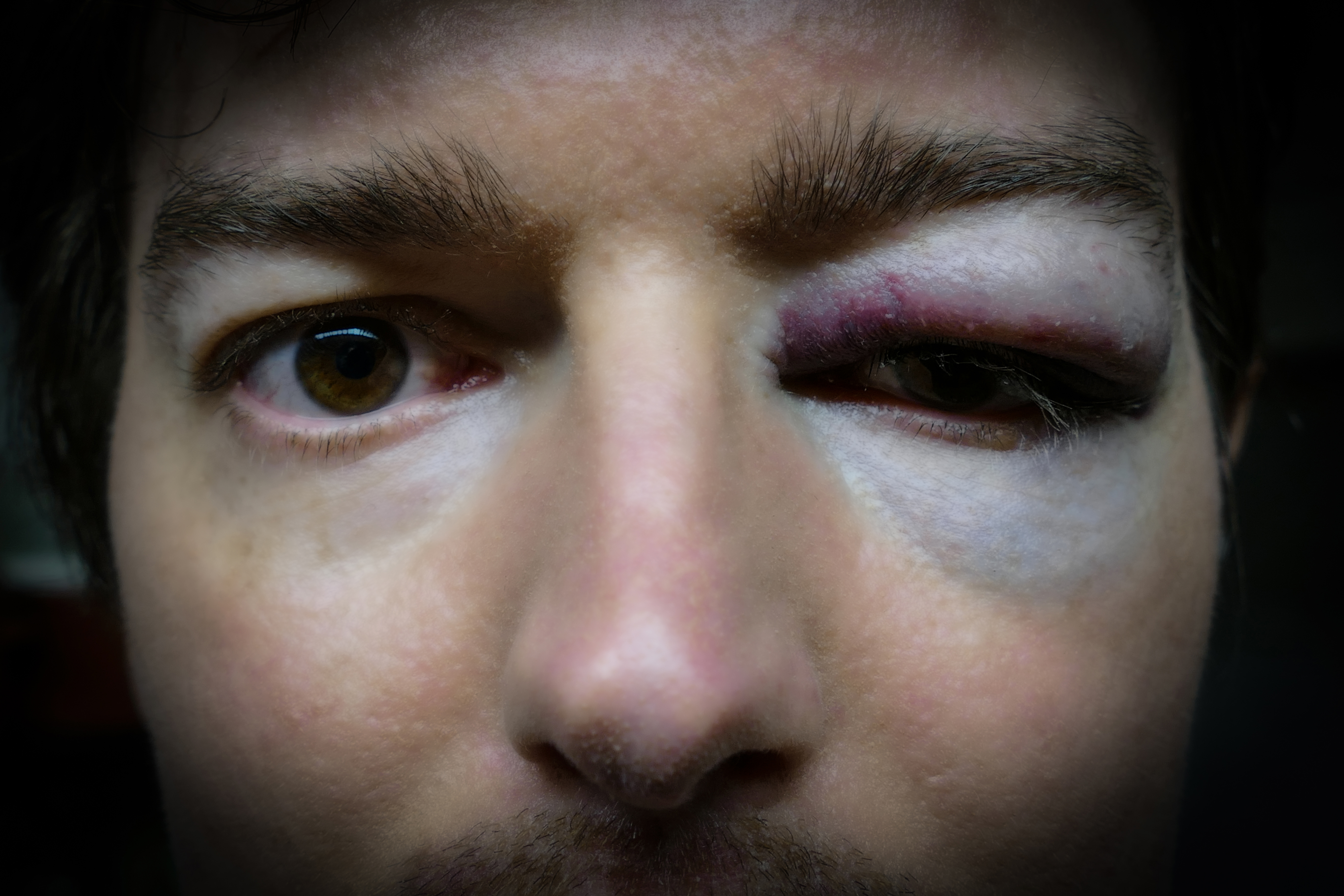What Kind of Physical Injury Is Required For Assault in New York?
There are three degrees of the crime of Assault in New York. Both Assault in the Third Degree and several kinds of Assault in the Second Degree involve the element of “physical injury.” The term is defined in Penal Law § 10.00(9) as “impairment of physical condition or substantial pain.”
In New York, “physical injury” in an element of both Assault in the Third Degree and a few kinds of Assault in the Second Degree. In order for a prosecutor to go forward on a case, before and at trial, he or she must believe that they can and do prove all of the elements of a crime beyond a reasonable doubt, which is the required standard of proof in criminal cases. As noted above, physical injury is one of those elements.
Assault in the Third Degree, Penal Law Section 120.00, a class A misdemeanor, is charged on one of three situations:
- With intent to cause physical injury to another person, he or she causes such injury to such person or to a third person;
- He or she recklessly causes physical injury to another person; or
- With criminal negligence, he or she causes physical injury to another person by means of a deadly weapon or a dangerous instrument.
Assault in the Second Degree, Penal Law Section 120.05, is charged in dozens of circumstances. The most common situations where Assault in the Second Degree, a Class D felony, is charged including the element of physical injury (as opposed to serious physical) injury include:
- With intent to cause physical injury to another person, he or she causes such injury to such person or to a third person by means of a deadly weapon or a dangerous instrument;
- With intent to cause physical injury to a person who is sixty-five years of age or older, he or she causes such injury to such person, and the actor is more than ten years younger than such person; or
- With intent to cause physical injury to an employee of a transit agency like a train operator, ticket inspector, conductor, bus driver, station agent, station cleaner city marshal or school crossing guard, he or she causes such injury; or
- He or she causes physical injury to a police officer, a firefighter, nurse, paramedic, traffic enforcement agent, school crossing guard, or several other kinds of public servant in the course of performing an essential service, from performing a lawful duty, he or she causes such injury.
What Is a Physical Injury?
 The typical criminal complaint that includes Assault in the Third or Second Degrees where physical injury is an element will typically read something like the defendant’s actions caused the complaining witness redness / swelling /a laceration / a contusion to a body part or parts “and substantial pain.” In the case of People v. Chiddick, New York’s highest court held: “Of course ‘substantial pain’ cannot be defined precisely, but it can be said that it is more than slight or trivial pain. Pain need not, however, be severe or intense to be substantial.”
The typical criminal complaint that includes Assault in the Third or Second Degrees where physical injury is an element will typically read something like the defendant’s actions caused the complaining witness redness / swelling /a laceration / a contusion to a body part or parts “and substantial pain.” In the case of People v. Chiddick, New York’s highest court held: “Of course ‘substantial pain’ cannot be defined precisely, but it can be said that it is more than slight or trivial pain. Pain need not, however, be severe or intense to be substantial.”
For example in People v. Terrero, an appellate court found that “bleeding, bruising, and swelling, for which the victim required medical attention” fell under the definition of physical injury. In People v. Dennee, an appellate court found that “fractures, bruises, or lacerations, [was] legally sufficient with respect to the physical injury element of [] assault.” Finally, yet another appellate court found in People v. Smith that physical injury included “a bump and a bruise with resulting soreness, as well as pain when eating for approximately a week thereafter.” Courts have held that medical records are not necessary to prove a physical injury as in Matter of V.
What is Not a Physical Injury?
In People v. Chiddick, the state’s highest court held that substantial pain is “more than slight or trivial pain” and ‘petty slaps, shoves, kicks and the like delivered out of hostility, meanness and similar motives’ constitute only harassment and not assault, because they do not inflict physical injury.” To be more specific in Matter of Shanwell, an appellate court found that small cuts with some bleeding that required medical attention but did not require stiches or cause a disability was not a physical injury. Finally, a lower court decision held that merely stating that a defendant caused substantial pain when by shoving and hitting a complaining witness with his fist did not demonstrate a physical injury. In deciding that a complaint did not state a physical injury, in People v. A.S. a lower court held:
[T]here are no allegations (1) that describe the injury, its nature or location on the body, (2) as to the amount of force employed by the defendant, (3) that the pain experienced by the complaining witness persisted for any duration of time after the incident itself, or (4) as to the impact of the defendant’s alleged conduct on the complaining witness, such as whether it affected her ability to perform certain tasks, from which the court could determine whether any purported injury, viewed objectively, meets the threshold level of “physical injury.”
Can Physical Injury be Proven Without a Complaining Witness / Victim?
The short answer is: yes. Following an arrest, a complaining witness may not be available for trial or may not cooperate with the prosecutor. In some cases, it is possible at trial to prove the element of physical injury beyond a reasonable doubt without the testimony of the complaining witness / victim.
For example, in People v. Evans there was testimony that a complaining witness suffered bruises, bleeding and swelling following several punches. Even though the complaint did not testify, the court held that the evidence supported substantial pain. Or, in People v. Santos, a mother testified that her nine-month-old baby cried for at least an hour after striking his head on the pavement causing a bruise lasting for several days. Quite obviously, the baby could not testify, but the observations of the boy’s mother were enough to establish substantial pain.






Hello! Cool post, amazing!!!
I truly appreciate this post. I’ve been looking all over for this! Thank goodness I found it on Bing. You’ve made my day! Thx again!